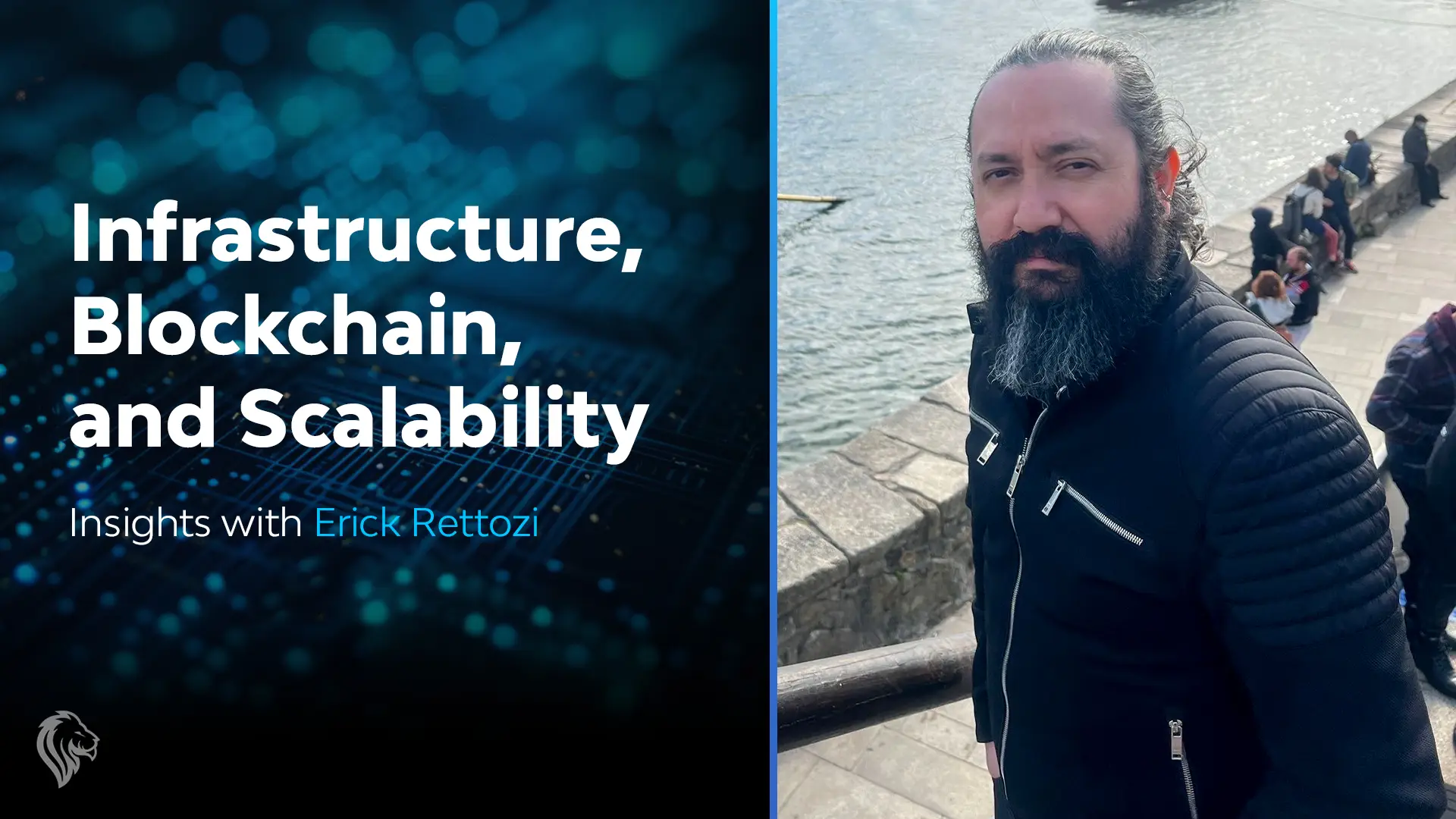This week, we had the chance to sit down with industry veteran, Erick Retozzi. Over the course of our chat, he discussed the changes in the industry since he began his career, what some of the biggest challenges are when integrating services, and some classic mistakes that we often see when clients choose their architecture and infrastructure.
Let’s start with you, Erick. Tell me about yourself and your career.
I’ve been with Cyrex Enterprise for about four years now. My position is Lead Backend Engineer, which spans from hands-on software development to managing infrastructure for high scalability micro-service systems such as Kubernetes or even blockchain implementations. I’ve been working in the software development world for 28 years now and it’s given me a huge wealth of knowledge and information. Languages, projects, use cases, I’ve worked in every kind of project in every kind of market. International, national, local, games, blockchain, newspapers, healthcare, you name it.
28 years is a long time for any industry, for software it’s a huge timeframe. What’s changed in those 28 years?
Definitely a long time for software. I’ve seen changes in both the short and long term, things changing in a few months or a year and the big ones, changing over several years or a decade even. I think one of the biggest changes is the attitude to technology. Of course, there’s incredible developments like we’ve never seen before and I think the tech world has evolved more in the past few years than in many of the previous periods combined.
That attitude change is big though. I see people are more informed, clients are more aware and interested. There are more providers for tools and technologies, fewer specific people but the information and data is now up on the internet and available for anyone who wants to go looking for it. To me, this is one of the biggest changes and it’s been a very positive one.
Moving onto technology, what’s your favourite stack and why?
For me, blockchain definitely! I think it’s the future of the financial market. I think I can see a lot of Fintech going the way of blockchain. Blockchain technology changed the perspective regarding financial transactions.
Blockchain, for me, is the best way to change things up. I think a lot of people are fed up with the cloak and dagger of the current financial markets. This open approach, the transparency of interactions and transactions, definitely has my attention and many others’.
With Cyrex Enterprise, we jump between projects. Being involved in designing, upgrading and fixing infrastructure, DevOps, each one is unique and complex. How do we handle these jumps?
For me, it’s very natural to be honest. I’m quite comfortable with working on multiple projects and the experience I have helps a lot. It offers a lot of perspective.
I think our team at Cyrex Enterprise are all very talented and experienced which helps a lot. On top of that, we try to keep everything very organised and clear in operation. So, switching between projects, you have an established baseline and set of previous and ongoing actions that help you slip into place. It’s all about just taking things as they come.
What are the classic mistakes we see made when choosing an architecture of infrastructure?
Definitely, the big one, is not considering scalability. High scalable systems are so important, they’re integral to continued operations. Something like Kubernetes is very scalable and I’m very fond of it. From my point of view, Kubernetes is the best way for your high scalability infrastructure network needs. It’s a cost-effective solution and fit for any scaling needs!
I think a lot of clients also come in with a narrow view of their project and their project’s potential. The traditional view is more monolithic systems. They say, “I need greater API and data for my application,” so the team develop one monolithic API. The key is planning ahead, thinking of the future and considering how your project might develop. Prepare for fragmented systems, microservices. I do think one big mistake is that narrow view when creating your system. Consider the big picture! Broaden your view for your product and project.
Why is it so important to have a proper infrastructure?
Infrastructure forms the backbone and skeleton of any project. It’s the foundation of a good project and when we’re delivering a high-quality product, you have to start at high-quality and build on top of it. The core team and stack are all informed by the infrastructure and in turn we have to know it inside and out.
For a stable product and the gold standard of development, proper infrastructure is mandatory. For a long-lasting service or product, you cannot afford to have flimsy or underdeveloped infrastructure.
What are the biggest challenged we encounter when integrating with services and how do we overcome them?
The biggest challenge is probably compatibility. There’s a lot of different systems at work and we’re looking at preparing the whole system to be delivered in multiple, different environments. When it comes down to a project, that compatibility process is absolutely one of the bigger tasks at hand.
Adapting to all those different environments is certainly something we have to put our minds to!
Finishing up, if you could give 3 pieces of advice on infrastructure and scalability, what would they be?
Three is hard. Let me think. I would say:
- Microservices – use them, get familiar with them, learn them, and prepare!
- Containerisation – look into Kubernetes and get familiar with dockers
- Security Policies – there always have been malicious actors on the lookout to abuse your system. Now, there’s more than ever!
Those would be my top three for now!
Related Articles
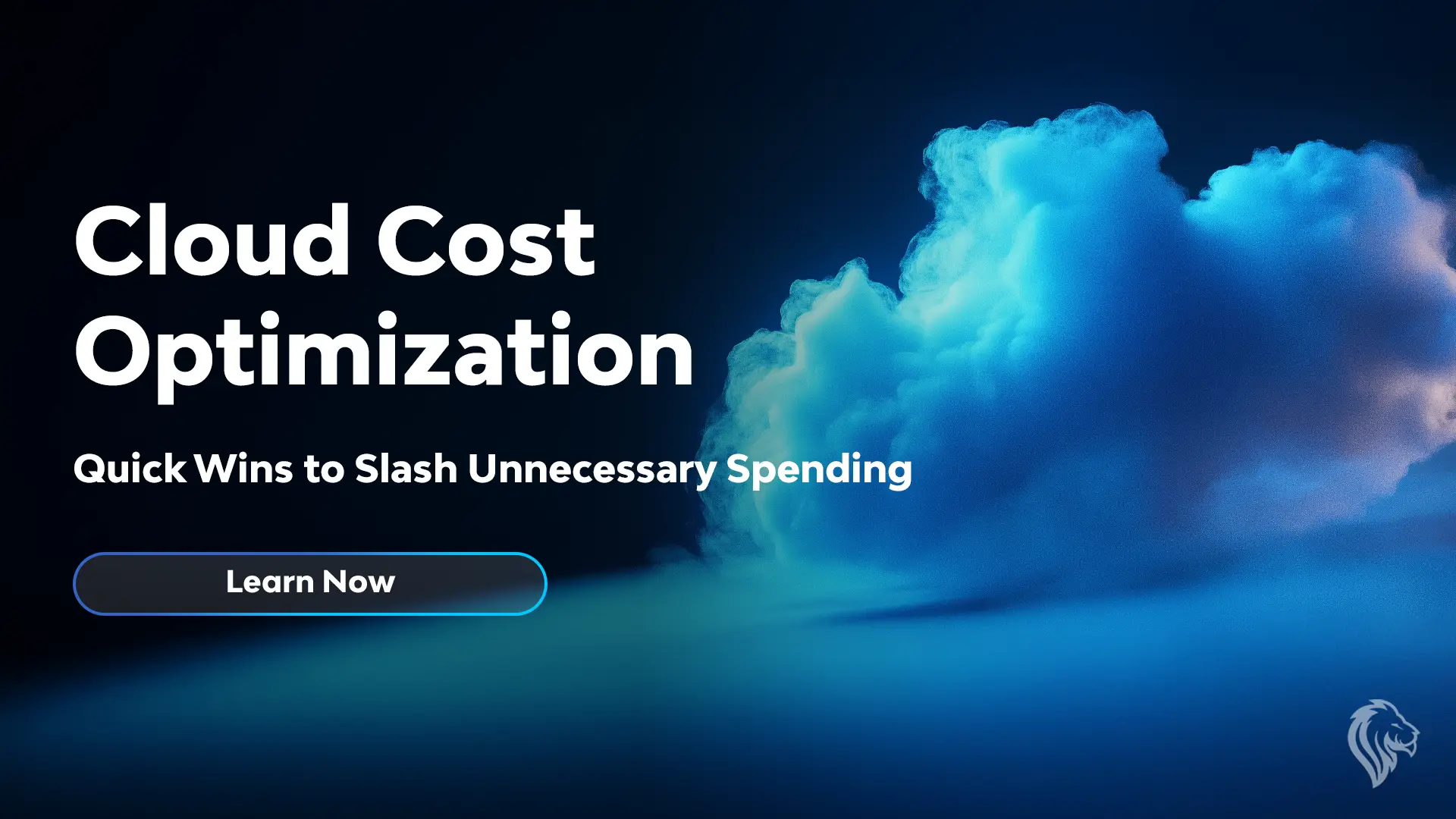
Cloud Cost Optimization: Quick Wins to Slash Unnecessary Spending
Discover quick wins for cloud cost optimization! Learn how to cut unnecessary spending, ri...
Read more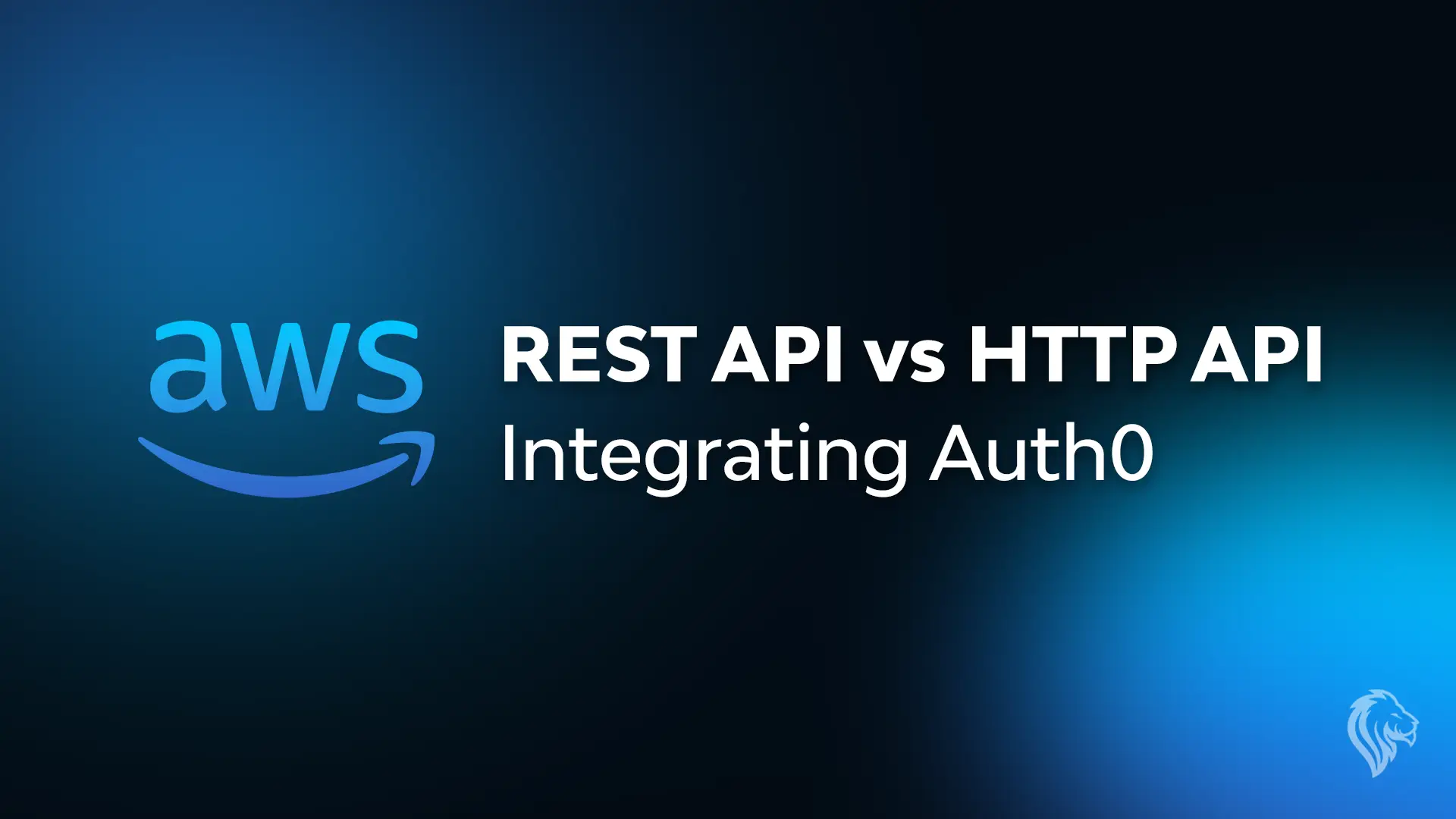
AWS – REST API vs HTTP API – Integrating Auth0
Explore the differences between REST API and HTTP API in AWS and how built-in JWT authenti...
Read more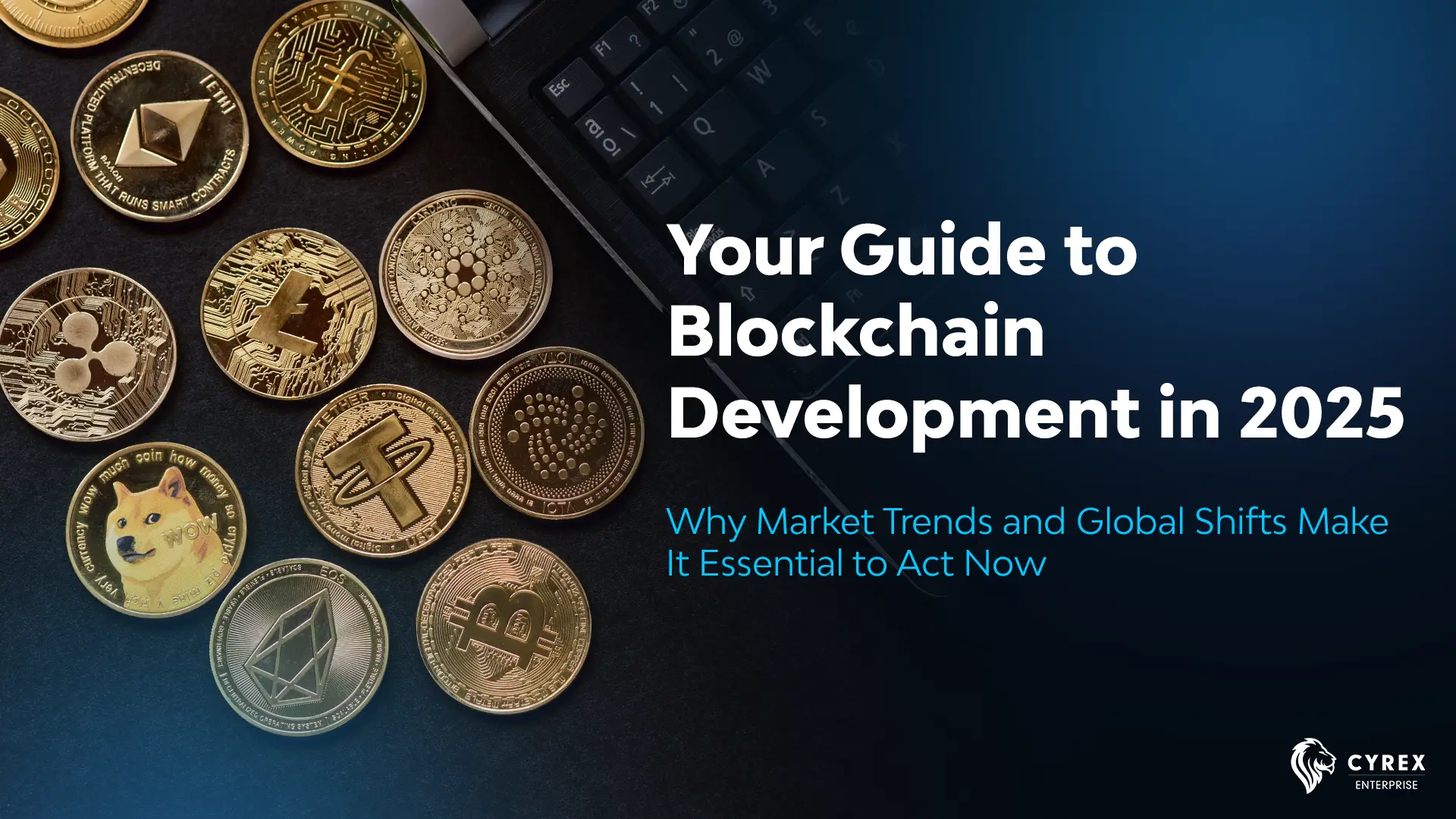
Your Guide to Blockchain Development in 2025
Blockchain Development in 2025: Explore the latest trends in Web3, interoperability, and d...
Read more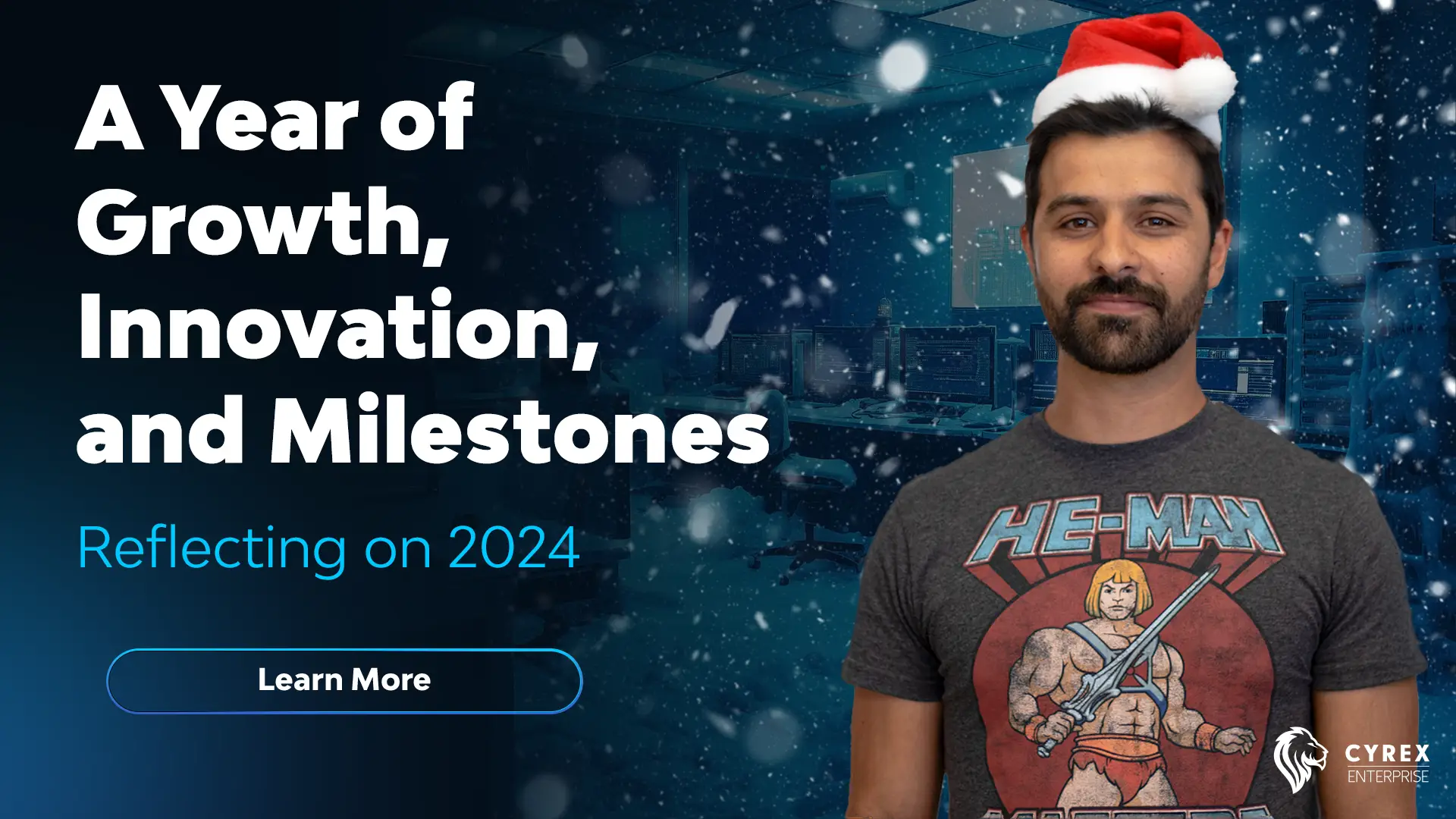
Reflecting on 2024: A Year of Growth, Innovation, and Milestones
Reflect on 2024 with Cyrex Enterprise! Discover our achievements in software development, ...
Read more